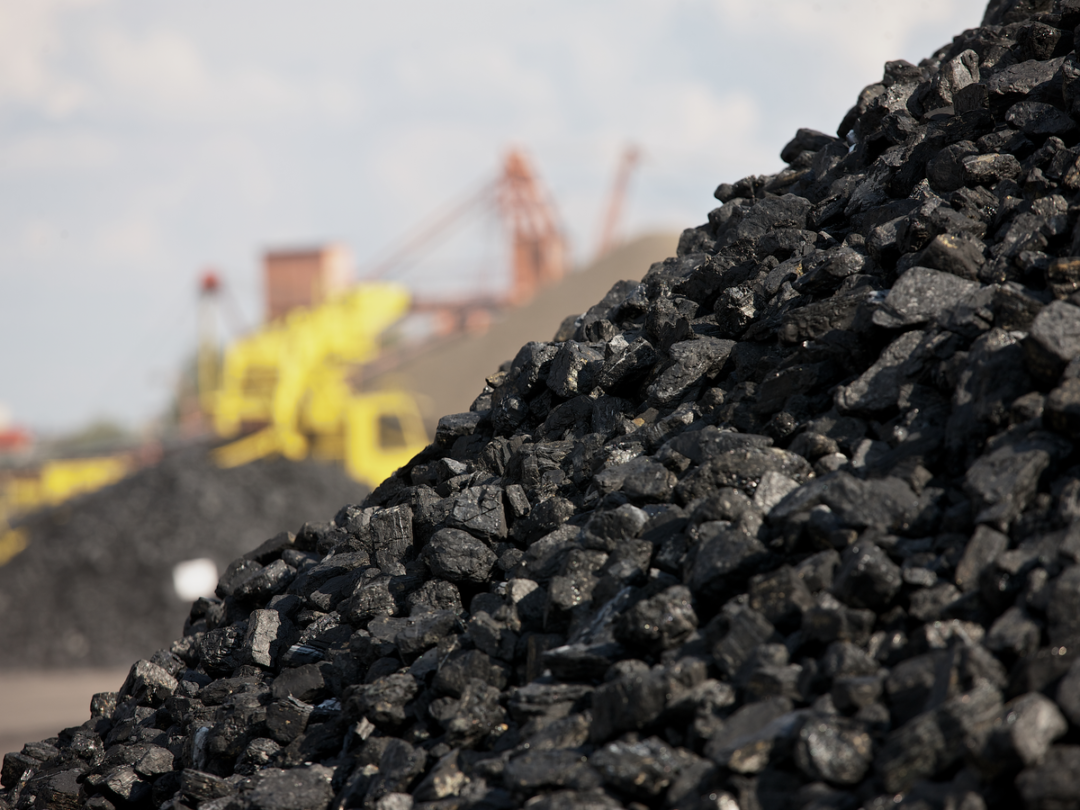
Visit Our Sponsors |
|
|
|
|
|
|
|
|
|
|
|
|
|
|
|
|
|
|
|
|
|
|
|
|
|
|
|
|
|
|
|
|
|
|
|
|
|
|

Coal is piling up at ports across Europe, depressing both the cost of the fuel and price of electricity.
Stockpiles at three European ports — Rotterdam, Amsterdam and Vlissingen — are near the highest since 2013. Supplies built up during a warmer than usual winter and as governments tried to reduce emissions from the most polluting fossil fuel.
The result is that inventories of the commodity are unusually high when they should be depleted from a season of high heating demand. Cheaper coal is one of the factors pushing down the cost of electricity from Germany to the Nordic region, taking the edge off a three-year rally for coal, which peaked at $100 a ton in October.
“The delivery of increasing volumes of coals from the U.S., Russia and other suppliers has been flooding the market for months," said Joe Aldina, head of coal analytics at S&P Global Platts. “Mild winter weather in Europe cut power demand and worsened the problem.”
Coal inventories in Europe reached more than 7 million tons earlier this month, almost double the amount seen at the same time in 2018, according to data from S&P Global Platts. Those stocks have fallen about 7.5 percent since the record week of April 8 but remain exceptionally strong for the time of year.
Futures prices for the fuel have been falling for the past five months as Asian nations led by China eased up on imports. Coal for delivery in Rotterdam has dropped about 16 percent since the start of 2019 and traded at $71.40 a ton on Monday on the ICE Futures exchange.
“Short-term supply conditions are now bearish,” Hui Heng Tan, an analyst at Marex Spectron Group Ltd., wrote in a note to clients. “An increase in supply across both basins should pressure prices. However, net re-stocking efforts have re-emerged in Europe, which should help to absorb some available supplies.”
For now, demand also has been hit by a shift in weather patterns. The warmer temperatures both reduced the need for heating and dried up Germany’s Rhine River.
Low water levels made it difficult to ship coal from ports to power plants upstream, since fewer heavily-laden barges can pass key choke points along the river. Winter rains allowed the Rhine to re-open in March for some ships, but water levels at Kaub, one of the shallowest parts of the river, were 20 percent lower than at the start of last year’s dry season.
Lower coal prices feed into ever-shifting economics for utilities that burn the fuel for generating electricity. Many of them can choose whether to fire up coal plants or facilities that use natural gas, whose price also has fallen with warmer weather and lax demand from Asia. The cost of carbon emissions also has been rising, which pushes utilities toward cleaner fuels.
“With natural gas prices at current levels, gas generation will take market share from coal generation this summer, which means it will be difficult and take time to draw down stockpiles to normal levels,” said Aldina at Platts.
RELATED CONTENT
RELATED VIDEOS
Timely, incisive articles delivered directly to your inbox.






